A day late and a dollar short…
This Rookie Rogue blew her first solo outing. My post was supposed to be up yesterday. Hoping for a bit of leeway here. Did I mention I was still a rookie?
But… if I could tweak history, the post would be on time, right?
Speaking of tweaking history, the Rogue Women were discussing fact v. fiction and real history in our novels. (See Karna’s Rogue post on 4/29: Is it Fiction or Faction?) A timely topic, since Clive Cussler and I have a new book coming out. Cussler, of course, is known for his real world historical connection tweaking (or as Karna puts it, “faction”) as a plot component in all of his novels.
I think that might be one of the reasons Cussler felt I’d make a good addition to his writing team. I’ve also taken real historical events and tweaked them for plot devices.
 Cussler was a master of tweaking historical facts into fantastic fiction decades before I ever started writing thrillers. Every one of his novels has some connection to real history, often archeological, and often (especially in the Fargo series) with a treasure attached. In THE ROMANOV RANSOM (9/2017), we tackle the question of what happened to the missing Faberge eggs. There were 7 missing eggs, not seen since the Bolshevik revolution in 1917. One, however, was recently found in America just a few years ago, and allegedly nearly sold for scrap gold. I say allegedly, because the egg is worth 33 million dollars, which makes me wonder how and where this scrap gold dealer “found” the thing.
Cussler was a master of tweaking historical facts into fantastic fiction decades before I ever started writing thrillers. Every one of his novels has some connection to real history, often archeological, and often (especially in the Fargo series) with a treasure attached. In THE ROMANOV RANSOM (9/2017), we tackle the question of what happened to the missing Faberge eggs. There were 7 missing eggs, not seen since the Bolshevik revolution in 1917. One, however, was recently found in America just a few years ago, and allegedly nearly sold for scrap gold. I say allegedly, because the egg is worth 33 million dollars, which makes me wonder how and where this scrap gold dealer “found” the thing. Sorry, flight of fancy on my part. It’s the writer in me.
The key to making a good thriller out of something like this is asking the question of how does it tie into present day? In THE ROMANOV RANSOM, Cussler and I added a sleeper cell of Nazis waiting to be called back to action should these eggs be found and sold for profit. It’s not hard to tweak history. You need only find a way to intertwine historical facts (Romanov royal family, Bolsheviks, Nazi history) with folklore (missing treasure and speculation as to what happened to it or where it might be found).
Our third book, THE GRAY GHOST, comes out at the end of this month (5/29) and we’ve used this technique again. This time, however, Cussler wanted to try something different. Instead of the Fargos hunting for missing treasure, they’re chasing down a historical car. Cussler, an avid car collector, was intrigued by the first-ever Rolls-Royce Silver Ghost which made its public debut in 1907. The car, worth some 50 million dollars today, is still displayed at various car shows. Cussler wanted to explore what might happen if the car was stolen. And what if that theft occurred right beneath the noses of, well, everyone? Personally, I wasn’t sure how we’d come up with a plot to steal the actual Silver Ghost. But Cussler is the boss, so after hashing out our plot at his home in Arizona, I returned to California and started researching the real-life Silver Ghost. Then I started reading up on Charles Rolls and Henry Royce and how they started their company in Manchester, England. During my research of the Silver Ghost, which boasted the first-ever 40/50 six-cylinder engine, I made an interesting discovery: there was a single 40/50 chassis unaccounted for in their lineup of RR 40/50 chasses (one of which was used for the Silver Ghost). Each chassis had a serial number, and one was actually missing.
Sometimes you have the greatest success in the smallest details.
 It occurred to me that before the Silver Ghost would have debuted in 1907, they’d surely have to have made a prototype of the newest, greatest driving machine to be found anywhere. After pointing this out to Cussler, we decided that the mystery wasn’t about the Silver Ghost at all. Instead, it was about this missing chassis (and the car attached to it). That’s how we came up with the Gray Ghost, the namesake for our book, along with the idea that the Gray Ghost (atop the missing chassis) was the prototype of the Silver Ghost. (Imagine if you’d found that in some old barn!) Essentially, the history tweaking had to do with the real Rolls-Royce company substituting the Silver Ghost as the debut car after the Gray Ghost was stolen. Of course, any Cussler thriller contains plenty of bad guys chasing after the good guys, all interested in the same treasure, so there’s plenty of action.
It occurred to me that before the Silver Ghost would have debuted in 1907, they’d surely have to have made a prototype of the newest, greatest driving machine to be found anywhere. After pointing this out to Cussler, we decided that the mystery wasn’t about the Silver Ghost at all. Instead, it was about this missing chassis (and the car attached to it). That’s how we came up with the Gray Ghost, the namesake for our book, along with the idea that the Gray Ghost (atop the missing chassis) was the prototype of the Silver Ghost. (Imagine if you’d found that in some old barn!) Essentially, the history tweaking had to do with the real Rolls-Royce company substituting the Silver Ghost as the debut car after the Gray Ghost was stolen. Of course, any Cussler thriller contains plenty of bad guys chasing after the good guys, all interested in the same treasure, so there’s plenty of action. An early review from The Real Book Spy declares: “Think National Treasure on steroids… The Gray Ghost is everything you want in an adventure novel and then some.”
Granted, Cussler and I didn’t have to do a lot of history tweaking to make this plot work. We merely created a fictional car after learning about that non-fictional missing chassis. But sometimes all it takes is one little known fact to really open your eyes to the greatest fiction writer’s question of them all: What if?
(See how I’ve distracted you from the fact I’m a day late?)
So, Rogue Readers, what books have you read where history has been tweaked and intertwined into the plot? And did it work? Were you entertained because you were familiar with that period in history?


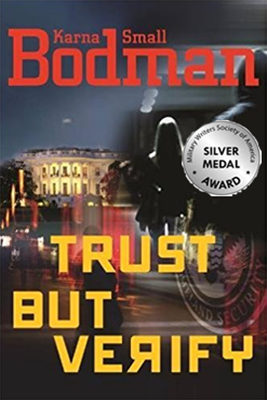
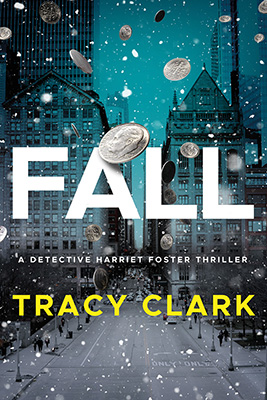
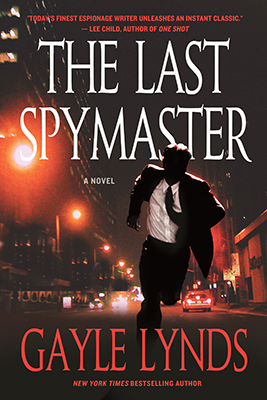
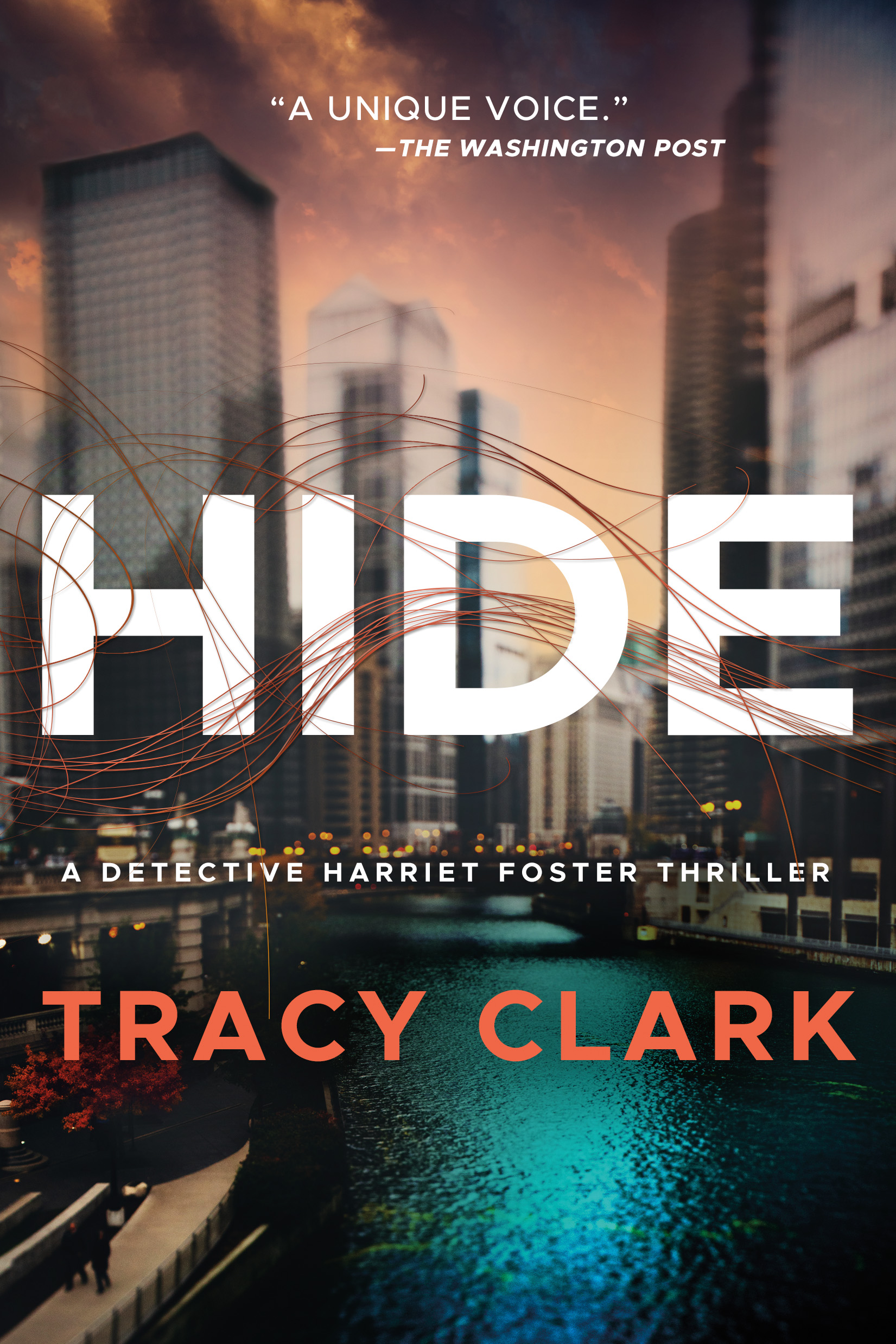
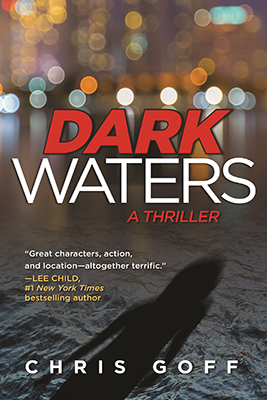
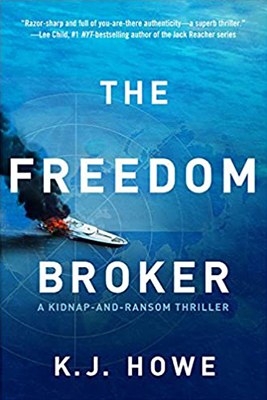
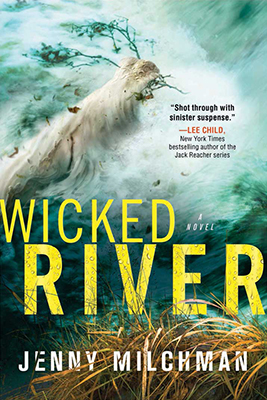
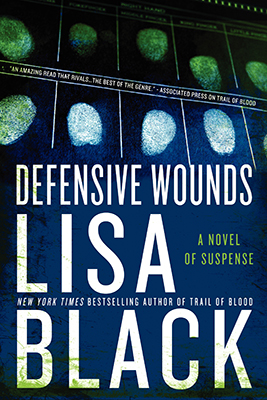
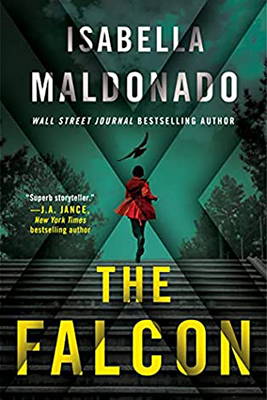
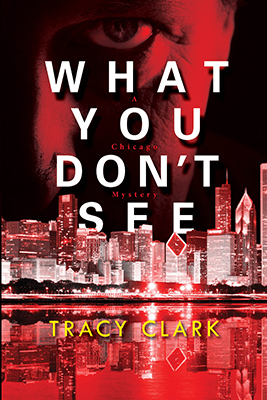
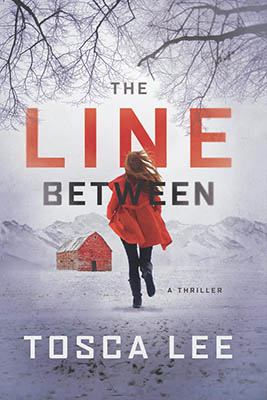
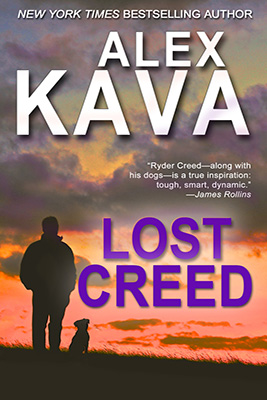
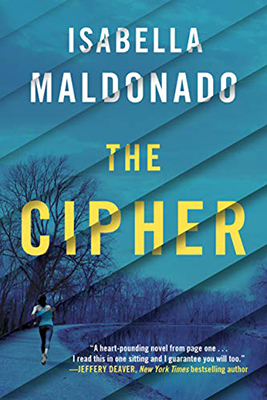
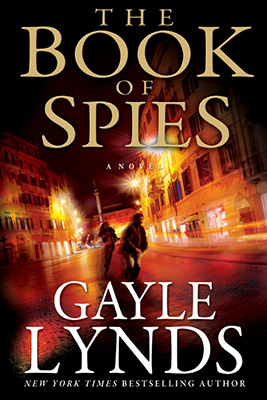
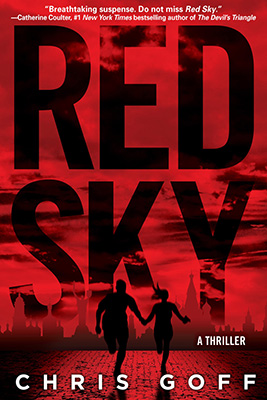
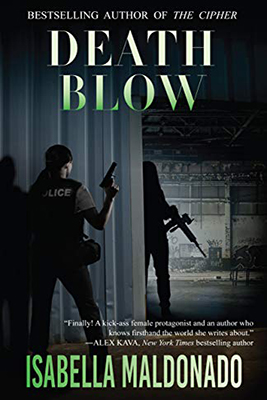
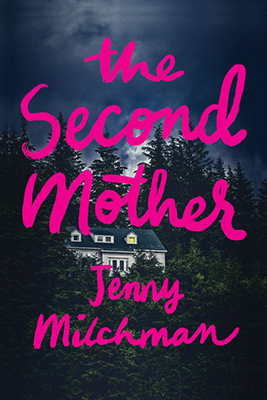
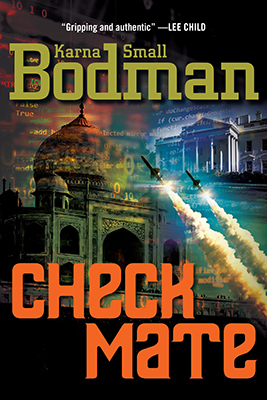
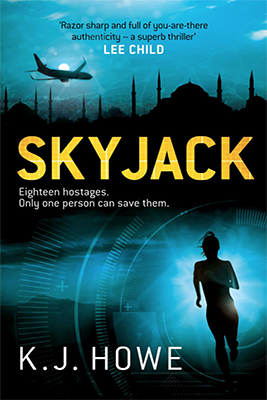
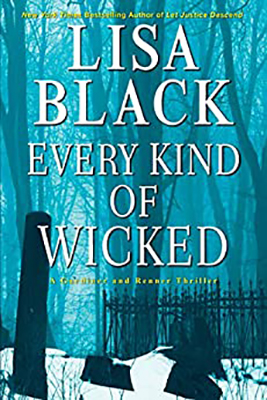
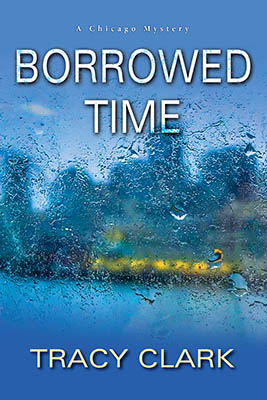
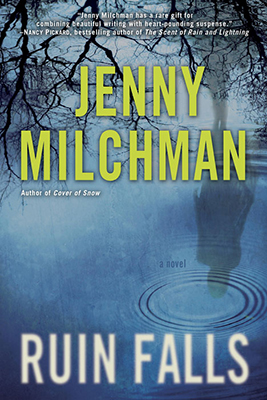
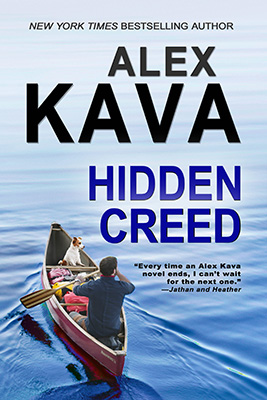
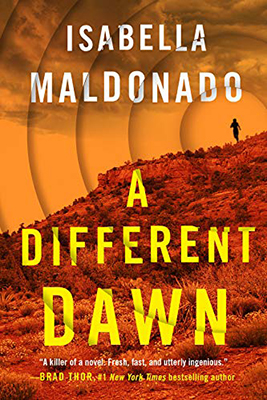
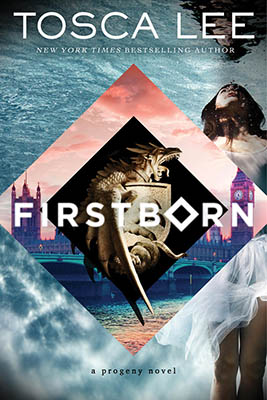
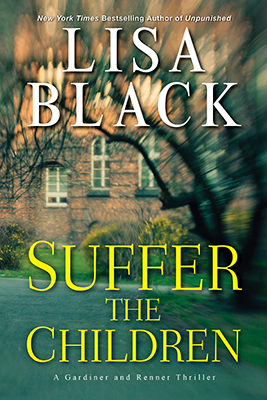
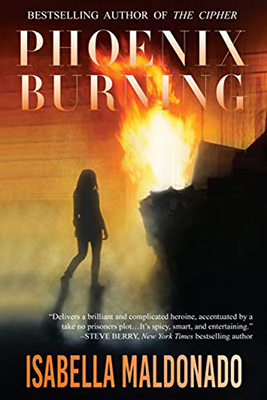
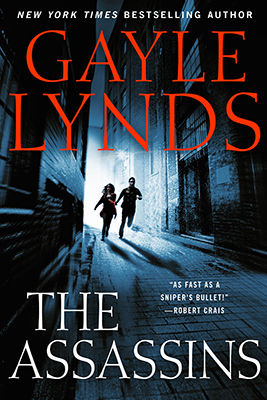

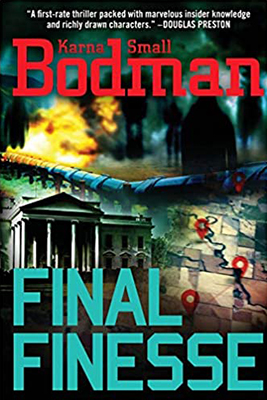
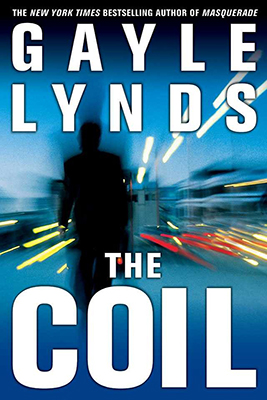
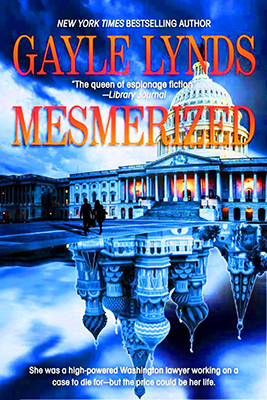
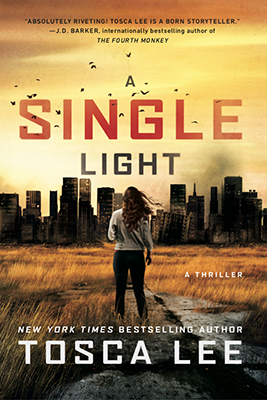
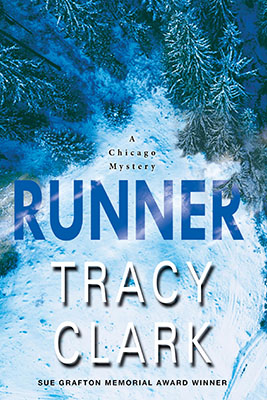
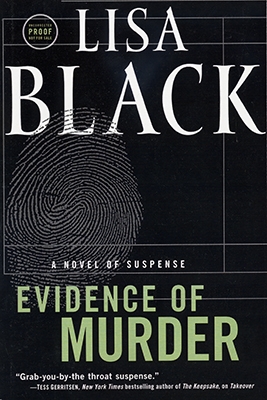
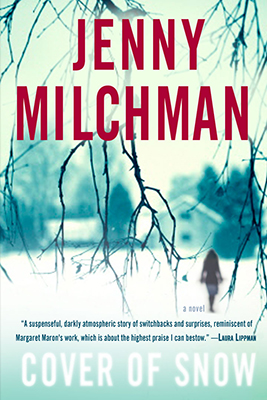
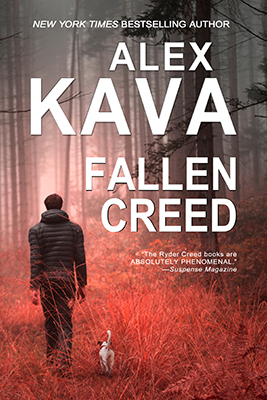
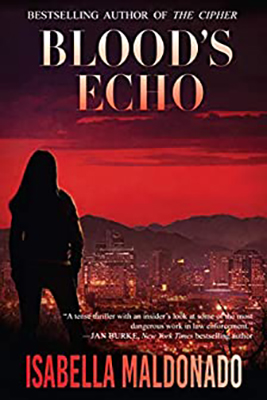
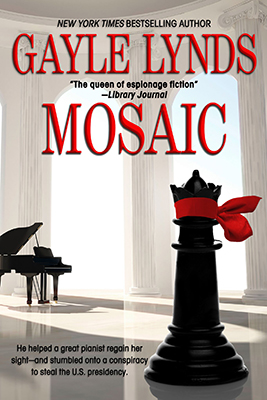
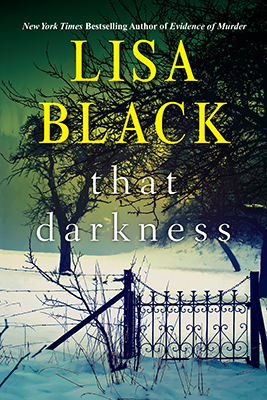
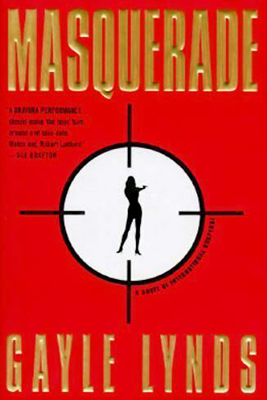
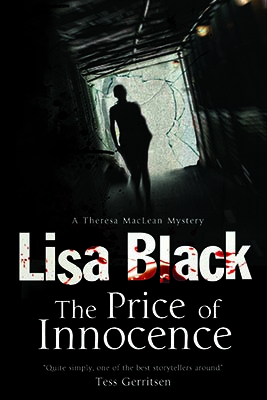
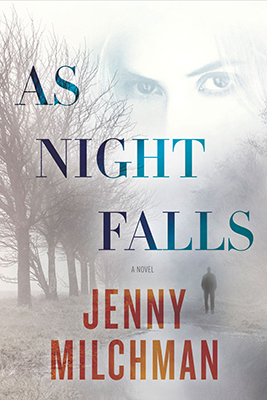
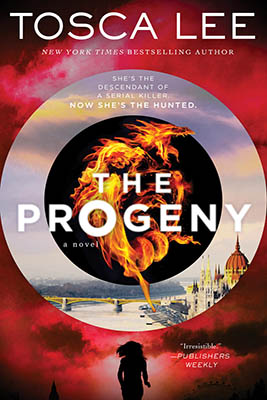
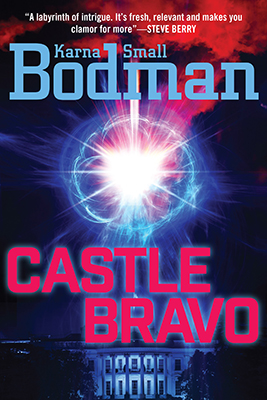
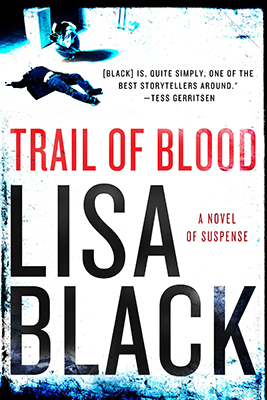
I love it, Robin. History is so rich, and then being able to use it in novels is particularly entertaining. I remember talking to Clive many moons ago about his Raise the Titanic, and his fascination with the ship, the sinking, and what it would take to bring it to the surface again. You two history buffs are a perfect pairing!
I love the idea of tweaking history. Sometimes, it's complicated. For instance, I write espionage thrillers that basically occur in an alternative universe where an imaginary President is in power but historical events – such as 9-11 – occurred. So, what i wind up wondering is in my alternate universe, how close do I have to adhere to the real time line and real facts? For example, I just wrote a scene based on recent history that I know happened a lot earlier in real time than in my alternative universe – because it would make the characters too old – and now I'm debating whether to keep it in because anyone who knows about the incident would know the timeline was off by about ten years. Does it matter? Intriguing subject. Thank you for the post.
How fascinating to read about your collaboration with the great Clive Cussler! And when you talked about that story involving the scandal-prone bank, BCCI, it reminded me that after I left The White House, I worked for a public affairs firm, and one day the boss called me in to say they had a new client and he wanted me to work on the account – it was none other than BCCI! I researched that outfit – and refused to work on it (gaining me no plaudits from my superiors, that's for sure). Talk about interesting history! Thanks for a great post, Robin – glad to have you with us here on Rogue Women Writers.
Thank you, Gayle! I was actually thinking about Raise the Titanic when I wrote this post, wondering how that story might have changed after they sent the submarine down and got actual photos. And, wondering what Clive thought as all that was going on. I'll have to ask him!
Have to laugh at the alternative universe as I almost used that phrasing in my post! Do you do an authors note? Bet you could explain it there, just in case it does matter to some readers!
What a fascinating history you have, Karna. Had I only known you back when I was writing FOAK. Would have loved to have picked your brain on what you'd learned from your research. Kudos to you for standing up to your boss. Bet you could tell a lot more history tweaking stories?
Everything can be explained in the Notes and Acknowledgments–purposely put at the BACK of the book for exactly that reason!
I wish I'd talked to both of you about BCCI before writing Perish–I'm sure I could have used a lot of the information!
Everything I know about British history, I learned from the movie "The Wives of Henry VIII" and the book "Forever Amber" by Kathleen Winsor. The book is set among the history and intrigues of the court of Edward II. I once got a Trivial Pursuit question about whose head was kept on a spike outside Westminster Hall for nearly 30 years (Oliver Cromwell) because I'd vaguely remembered it from the book. However that meant I had to confess to my mother that I'd read Forever Amber. The book was something like an English version of Gone With the Wind, only way more scandalous (banned in 14 states!).
Lisa, it's either a small world or great minds think alike! We could probably do a great blog post on similarities of points in history or plot points or…
I love that you got a Trivial Pursuit question right because of your reading! I've been known to recall bits of history from historical fiction, but unfortunately, have never been lucky enough to get a TP question right because of it! Anyone else this lucky?
Exactly, Lisa! I've used it for something as simple as explaining that no, there are no bathrooms at this particular station, but yes, I put some in for plot purposes, and others to explain something that sounds super-cool, and so very obviously made-up, but it's actually very real!
Who among us hasn’t arrived a day late once or twice? Your post was worth the wait!
Thanks, Sonja!